Publication Date
7-2004
Abstract
Growth and change are fundamental processes in human development. Recent trends in education, psychology, medicine, and other fields have stimulated renewed interest in methods of measuring developmental growth and change (Collins & Sayer 2001). Educators and governmental agencies have recently placed greater emphasis on the importance of growth in reading as foundational to student learning (Torgesen 2002).A major review of the regulations is underway in the United States, concerning funding of special education in public schools (e.g., President’s Commission on Excellence in Special Education 2002) and the emphasis has been on ‘continuous progress’ assessment and accountability for student learning (e.g., multiple testing during the school year). Extensive research is underway on the developmental time tables in antisocial behaviour (Bauer & Estell 2001). Highly sophisticated multivariate statistical models are being developed for assessing change in medical programs directed at drug-use prevention, depression recovery, and head-injury recovery (Collins & Sayer 2001). Measures of growth are also needed in monitoring the progress of infants born prematurely (Krishnakumar & Black 2001; Roid & Sampers 2004).When cognitive performance decreases rather than increases, as in the elderly (e.g., memory function), measures sensitive to change in the negative direction are needed (Roid 2003b).
Recommended Citation
Roid, Gale H., "Quality of Performance and Change-Sensitive Assessment of Cognitive Ability" (2004).
https://research.acer.edu.au/research_conferenceITU_2004/4
Presentation

